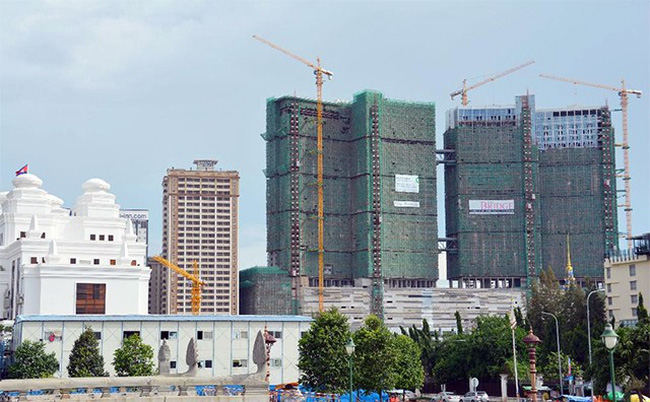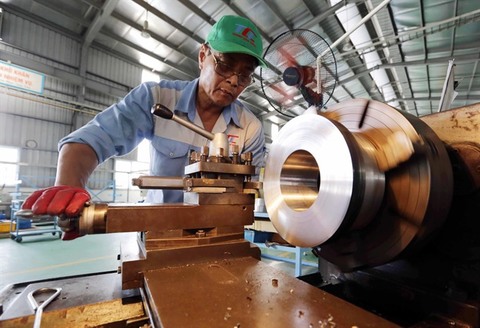Chinese bringing positive impacts too
Chinese bringing positive impacts too
Tourism is one of the main sectors contributing to Cambodia’s economic growth. With international arrivals increasing each year, boosted by Chinese visitors, insiders say their arrival has a positive and negative impact on local tourism-related businesses.
The Post’s Hin Pisei talked to the president of CSL Travel & Tours Chhay Siv Lin, who is also Cambodia Association of Travel Agents (CATA) president, to discuss recent developments in the Kingdom’s tourism industry, dominated by Chinese arrivals.
What do you think of the current situation in the tourism sector?
Since I’ve been working in tourism for almost 20 years and with nearly two decades of experience, I can say that tourism in Cambodia has grown remarkably fast. This is because the government has good policies, while state and private sectors cooperate well too.
Cambodia also has a lot of tourism sites and resorts such as temples, beautiful beaches, and the largest freshwater lake (Tonle Sap Lake) in Southeast Asia, eco-tourism sites, and good traditional customs that are well maintained.
How has the sector progressed in the last few years?
In the last two or three years, the majority of foreign tourists who travel to Cambodia are Chinese followed by Vietnamese, Lao, Korean, and Thai. Asian tourists normally stay for five days in Cambodia and on average and spend about $550 to $600.
Chinese tourists prefer to travel to Cambodia because the two countries have good bilateral relations. More importantly, we are connected by direct flights.
Currently, Preah Sihanouk province is one of the most popular places for Chinese guests, besides Kampot, Siem Reap, and Battambang provinces.
How does Cambodia benefit from the huge influx of Chinese tourists?
For one, they provide two major opportunities for Cambodia – new jobs and income for the national economy. Unlike Europeans, Chinese tourists prefer to gather wherever they go and open their services (not using local services), like restaurants and hotels.
The launch and use of Chinese services have caused positive and negative impacts for Cambodia. The positive impact is seen through job opportunities, services for tourists that make them feel at home or in their hometown.
The negative results can be seen through the high prices of real estate that make it unaffordable for Cambodians to buy or rent properties. Tourist generated profits are also returned to the Chinese who invest in those services.
What should Cambodia do more to enhance its attractiveness?
To be a more attractive tourist destination, Cambodia should invest more in human resources, build better infrastructure, boost domestic products to meet quantity and quality demands, preserve and conserve old buildings, and take better waste management measures.
Are accommodation and restaurants currently responsive to the rising number of tourists?
In Phnom Penh and other major provinces, we now see that accommodation and restaurants can respond to the increasing tourist numbers, but this is not yet the case in many other provinces.
Do you think Cambodia would achieve its forecast of foreign visitors?
I think if we are well organised, Cambodia will be able to achieve the forecast of 10 million visitors by 2025 and 14 million by 2030.
The Ministry of Tourism and the Cambodia Association of Travel Agents are actively engaged in organising events to promote tourist destinations in the Kingdom and preparing visits for overseas companies so they can get to know Cambodia better.















